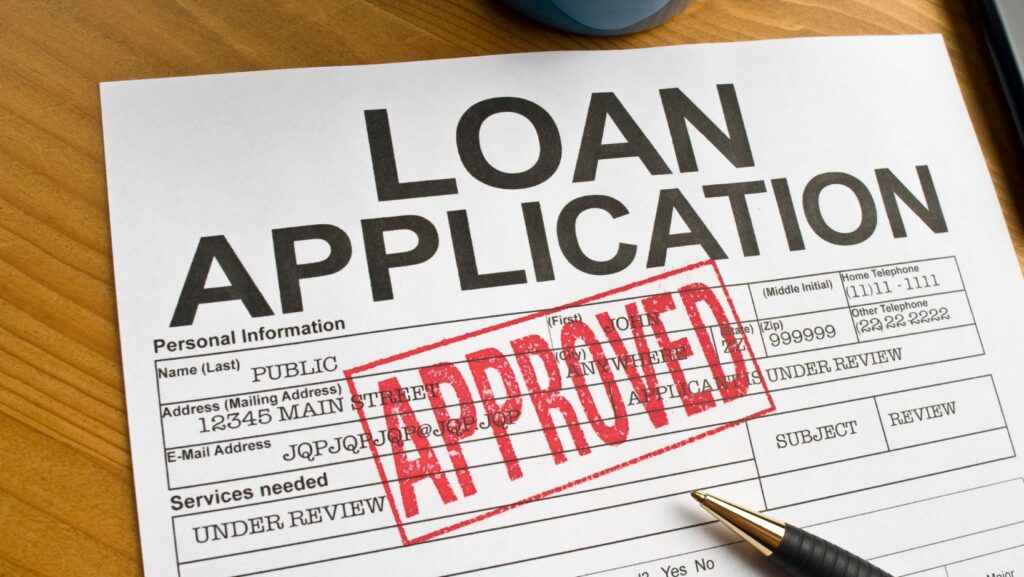Many people dream of turning a hobby or skill into a side hustle, but hesitate because of startup costs. Equipment, materials, or marketing often require more cash than expected, and saving up can take months. A well-chosen loan can help launch a side hustle faster without draining personal savings or creating unmanageable debt.
The key lies in selecting a loan that fits income level, business goals, and repayment ability. Personal loans suit casual ventures, while business loans work better for registered operations with steady revenue. Understanding these differences allows aspiring entrepreneurs to borrow wisely and avoid financial strain.
This guide explains how to choose the right loan for a side hustle, explores affordable funding alternatives, and shares practical ways to manage repayments. It shows how anyone can turn a small idea into extra income without breaking the bank.
Choosing the Right Loan for Your Side Hustle
Selecting the right loan depends on income stability, business maturity, and repayment ability. Borrowers should compare loan types, review interest rates, and understand how credit scores and collateral affect approval and cost.
Personal Loans vs. Business Loans: Key Differences
Personal and business loans serve different purposes. A personal loan suits freelancers or early-stage side hustlers who earn a fixed salary. It usually requires no business registration and provides up to several times the borrower’s monthly income.
A business loan fits registered ventures with regular revenue. It often offers higher limits and lower interest rates but demands financial documents such as tax filings or bank statements.
Those who need quick access to funds for startup costs can consider an urgent cash loan from a licensed lender. This option helps bridge short-term expenses while keeping the process simple and fast. Borrowers should still review repayment terms carefully to avoid financial strain later.
Assessing Your Business Stage and Funding Needs
The right loan depends on how far the side hustle has developed. For a new or informal gig, a small personal loan can cover equipment, materials, or marketing. It offers flexibility without requiring business registration or complex paperwork.
For a growing venture with steady income, a business loan may be more suitable. It supports larger investments such as inventory expansion or hiring help. Lenders usually assess cash flow and revenue trends before approval.
Borrowers should calculate how much they actually need instead of borrowing the maximum amount possible. A smaller loan with manageable repayments often works better than a large one that strains monthly budgets.
Understanding Collateral Requirements and Credit Score
Collateral and credit score play a major role in loan approval. Personal loans are usually unsecured, meaning no asset is pledged. However, lenders rely heavily on credit history to decide the amount and rate. A strong repayment record often leads to lower interest and faster approval.
Business loans may require collateral such as equipment or receivables. This lowers risk for the lender and can reduce borrowing costs. Borrowers with limited credit history should consider smaller loans first to build trust with lenders.
Maintaining a clean credit report and paying bills on time improves eligibility for better loan terms in the future.
Flexible Repayment Terms and Cost Considerations
Repayment flexibility affects how easily a borrower can manage cash flow. Some loans offer shorter terms with higher monthly payments, while others spread costs over several years. Longer terms reduce monthly pressure but increase total interest paid.
Interest rates vary by loan type and credit profile. Personal loans often range between 3% and 9% annually, while business loans may fall between 5% and 10%. Borrowers should compare total costs, not just monthly payments.
Setting up automatic payments helps avoid late fees and protects credit standing. A clear repayment plan keeps the side hustle financially stable while supporting growth.
Alternative and Affordable Funding Options
Small business owners often need creative ways to raise funds without taking on large debts. They can use personal resources, community support, or government programs to access capital while keeping costs manageable.
Bootstrapping and Using Personal Savings
Bootstrapping means using personal savings or income to fund early business expenses. It allows full control over decisions and avoids interest payments or outside influence. Many side hustlers start this way to test their ideas before applying for formal financing.
This approach works best for ventures with low upfront costs, such as freelancing or online sales. It also helps build discipline in budgeting and resource management.
However, using personal savings carries risk. Entrepreneurs should keep enough emergency funds aside for personal needs. A simple rule is to use only what they can afford to lose.
Crowdfunding and P2P Lending Platforms
Crowdfunding platforms such as Kickstarter let individuals raise small amounts from many supporters. In return, backers may receive early access to products or small rewards. This method helps validate a business idea while building a customer base before launch.
Peer-to-peer (P2P) lending connects borrowers directly with investors through digital platforms. It usually offers faster approval and smaller loan sizes than banks, making it suitable for side hustlers.
However, interest rates can vary based on credit history and business potential. Borrowers should compare fees and repayment terms carefully before committing.
Government Grants and SME Working Capital Loan
Government grants and schemes support small enterprises that contribute to innovation or local job creation. Programs such as Startup SG help new entrepreneurs cover startup costs or training expenses.
The SME Working Capital Loan, supported by Enterprise Singapore, offers financing of up to several hundred thousand dollars. It targets small and medium-sized enterprises that need funds for daily operations or expansion.
Applicants must usually meet eligibility criteria such as local ownership and business registration. Although the government shares part of the risk with lenders, business owners remain responsible for repayment.
Equity Financing and Angel Investors
Equity financing involves selling a portion of ownership to raise capital. Angel investors often provide funds in exchange for equity and may also offer guidance or industry connections.

This option suits businesses with strong growth potential but limited cash flow. It removes the pressure of loan repayments, allowing funds to go directly into product development or marketing.
However, giving up equity means sharing control and future profits. Entrepreneurs should evaluate whether long-term collaboration with investors aligns with their goals before proceeding.
A loan can help a person start or grow a side hustle without heavy upfront costs. It allows access to funds for tools, inventory, or marketing that might otherwise take months to save for. However, every loan must fit within a clear budget and repayment plan.
Borrowers should compare interest rates, repayment terms, and fees before signing any contract. Small differences in these details can affect long-term costs. Careful planning helps avoid unnecessary debt and keeps the business sustainable.
Responsible borrowing supports steady progress rather than quick gains. By using credit wisely and tracking expenses, individuals can turn small ventures into stable income sources.

